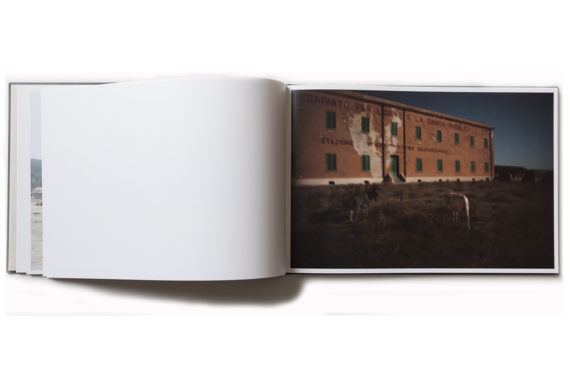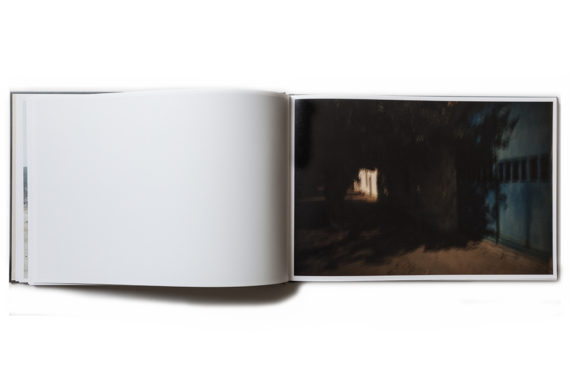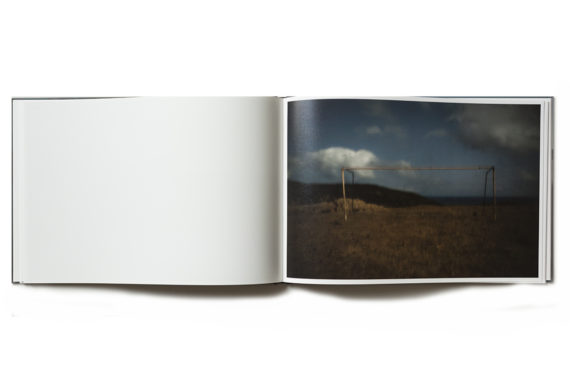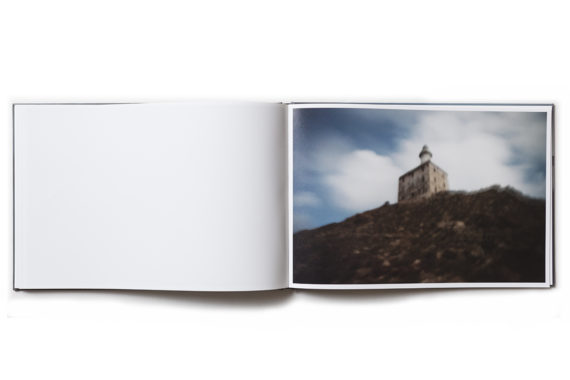Descrizione
[:it]
Nelle immagini create da Delogu ciò che dovrebbe essere unheimlich, non-familiare o addirittura angoscioso, perché immerso nella tenebra, si rivela invece come una scenografia poetica da sogno di mezz’estate: dove la vibrazione e il tumulto della vita si sono assottigliati in modo fiabesco, le strade bianche s’intravedono appena, i segnali di pericolo sono stati spenti perché non vi è più alcun pericolo, uomini e animali possono andare liberi e senza paura. (Edoardo Albinati)
Ho scelto di lavorare sull’Asinara per via della sua storia e della sua geografia. Da bambino l’isola mi veniva narrata come una specie di inferno, e da ragazzo mi colpivano i racconti di un amico di famiglia, avvocato, che difendeva Renato Curcio e Raffaele Cutolo e andava a incontrarli sull’isola. Più tardi, a partire dal 1997, lavorando al carcere di Rebibbia per i ritratti di Cattività, avevo incontrato una serie di detenuti che erano stati all’Asinara, e dalle loro voci avevo ascoltato la storia delle rivolte di Fornelli. Non sono andato in Sardegna per moltissimi anni e per il mio “ritorno” fotografico ho scelto un’isola che non conoscevo, così piena di ricordi dolorosi a contrasto con il grandissimo senso di bellezza e libertà che ora si prova. (Marco Delogu)
[:en]In the images that Delogu has created, that which should be unheimlich, unfamiliar, or even distressing, because it is immersed in darkness, instead reveals itself a poetic set for a midsummer night’s dream, where the vibration and commotion of life have magically dwindled, the white roads are barely visible, the danger signals have been turned o because there is no longer any danger, and men and animals can roam free and without fear. (Edoardo Albinati)
I chose to work on Asinara because of its history and geography. When I was a child, the island was de- scribed to me as a sort of hell, and as a boy I was struck by the stories of a family friend, a lawyer who de- fended Renato Curcio and Ra aele Cutolo and went to meet them on the island. Later, commencing in 1997, when I was working at Rebibbia penitentiary for the portraits of my Captivity series, I met a series of prison- ers who had been on Asinara, and heard the story of the Fornelli riots from their mouths. I hadn’t been to Sar- dinia for many years, and for my photographic ‘return’ I chose an island that I didn’t know, so full of painful memories that contrast with the enormous sense of beauty and freedom perceived there now. (Marco Delogu)[:]

















